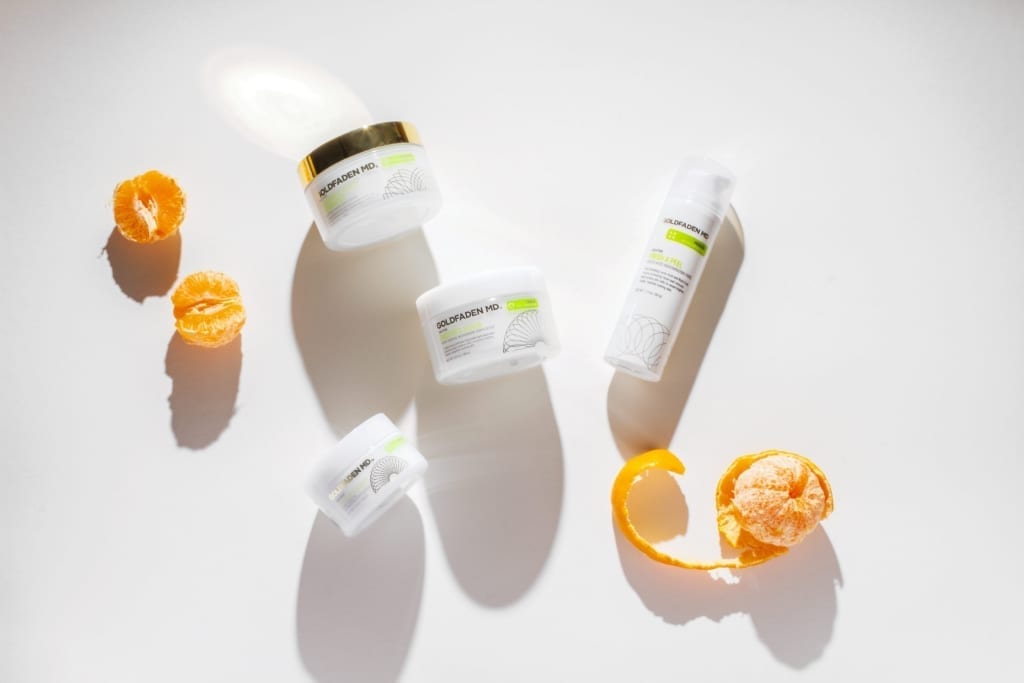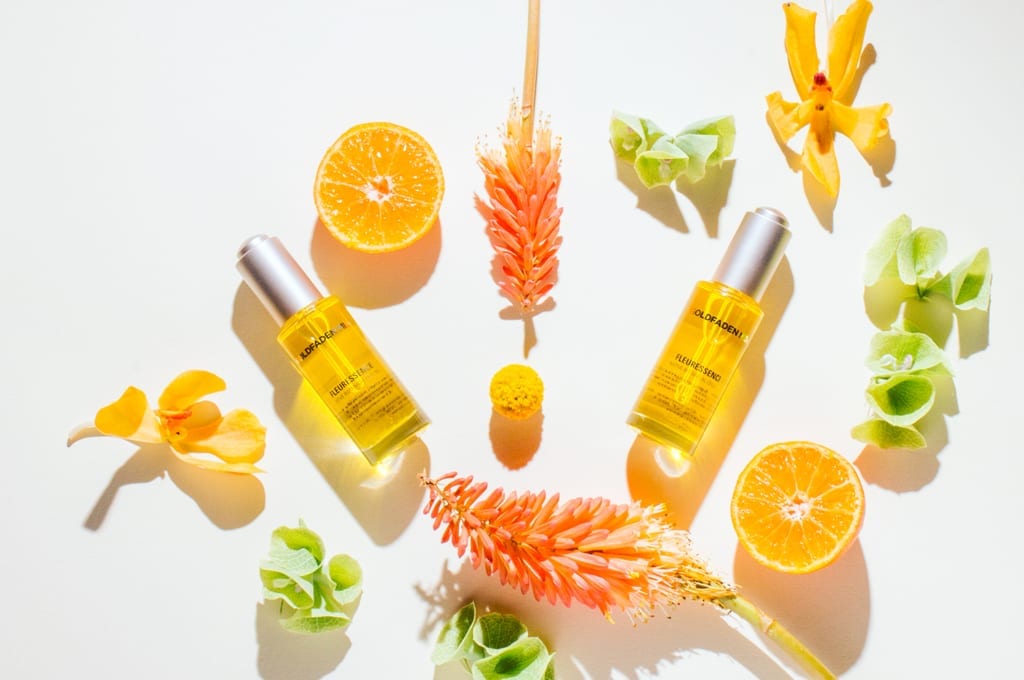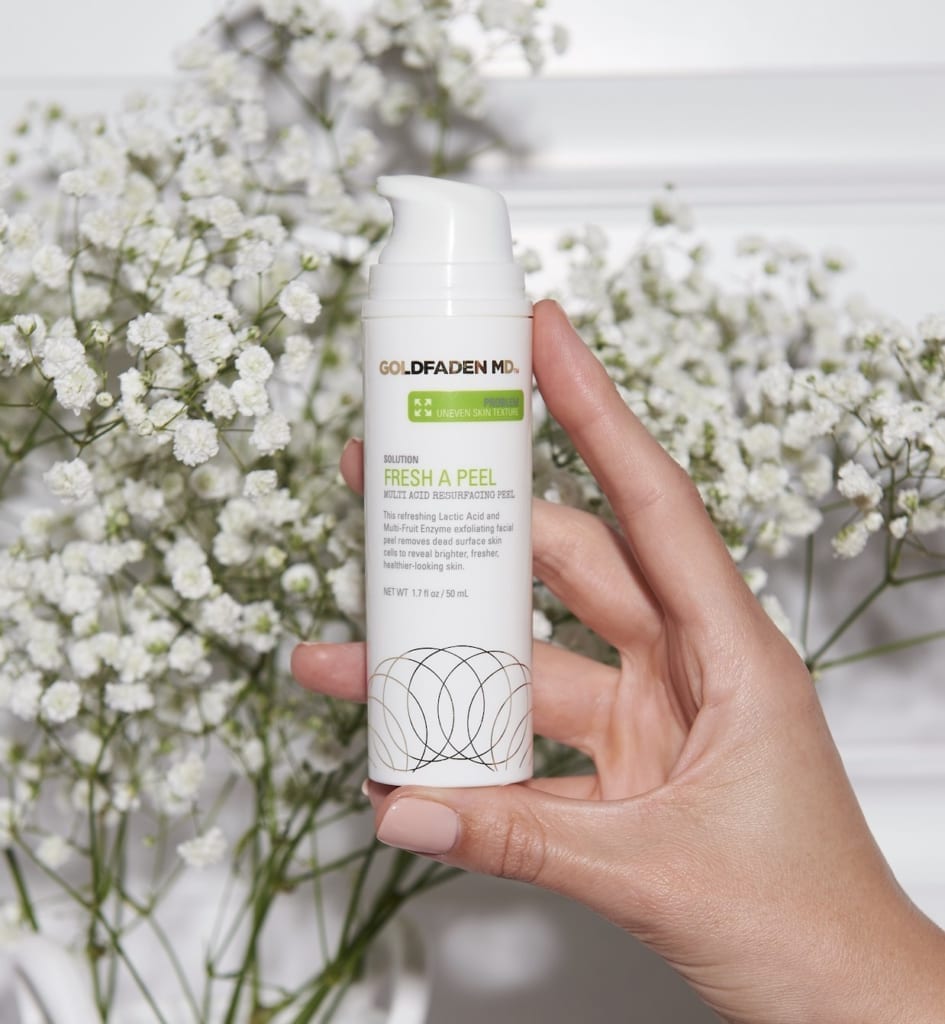The dog days of summer are wrapping up—and coincides with when skin has decided it can no longer take the heat, grime and sweat it’s been enduring for the past few months, going haywire. Just some of what you might be seeing in the mirror? Photo-damaged skin, discoloration, dehydration, dull or lackluster complexion, congestion. “It’s the sun, sand, beach, warm/humid climate,” explains Dr. Goldfaden. “Added with the fact that consumers are putting on loads of sunscreen to protect against harmful UVA/UVB rays, which can lead to skin congestion and breakouts.”
With Fall upon us and Winter not too far behind we asked Dr. G the must-dos for a healthy transition into the seasons.
AUTUMN
Why do we start to see the sins of summer fun in the Autumn?
Post summer damage starts to show in the form of photo-damaged skin, discoloration, dehydration, dull/ lackluster complexion and congestion. This is from the sun, sand, beach, warm/humid climate. Added with the fact that we are putting on loads of sunscreen to protect against harmful UVA/UVB rays, which can lead to skin congestion and breakouts.
How do we restore the damage?
Subtle changes to your regimen can do wonders for your skin and give it what it really needs. One subtle change? Swapping out just your cleanser. Goldfaden MD has developed a new cleanser that foams, the Detox Clarifying Facial Wash. Currently the original cleanser in the line, Pure Start, is a gentle wash that helps realign the skin’s natural pH balance. Detox Wash—thanks to a hardworking combo of AHA acids—takes it a step further by fighting bacteria, clarifying pores clogged up by sunscreen, and really addressing congested skin. If your current cleanser works great—check by swiping a pad with micellar water after a wash to see there’s no grime or residue left behind—keep using it!
Polish and plump: this is the key. Exfoliation (either in the form of a physical exfoliator or enzyme/chemical)–ridding your complexion of dead, dry, dull cells and revealing brighter, smoother, younger-looking skin underneath is the beginning of revealing a more healthy-looking complexion followed by a corrective moisturizer/hydrating treatment, like oils and moisturizers.

We holistically believe that healthy-looking skin is a 360-degree approach to wellness. “I recommend a diet rich in leafy greens, bright colored berries and fatty acids (a “hydration punch”); think avocados, nuts and salmon, which will keep congestion and inflammation at bay while infusing nutrient rich vitamins and nutrients back into your system. I also encourage staying clear of alcohol, white carbs and refined sugar—all of which can trigger the inflammation (glycation) we’re trying to avoid.” Dermatologist, Dr. Gary Goldfaden MD
How can we protect ourselves as the seasons change and become colder?
When out in the elements (wind, freezing rain, snow, sun) always cover your face with a scarf as this will protect your skin. Eliminating dry sinuses, bloody nose, chapped lips, wind burn, sun burn and dry dehydrated skin.
Invest in a humidifier. Humidity levels drop during the winter months, thus drying out skin, eyes and hair. Add in artificial heat and you’re doomed. By adding humidity back into the air, you can reverse some of the damage. Cool vapor is the best bet to not only feeling better but looking better too. We recommend leaving it on all the time so that your home maintains an even level of humidity. Sleeping with a small humidifier next to the bed will ensure hydrated skin and sinuses.
Take warm showers instead of steamy hot ones. If you’re thinking a hot shower will feel good after a brutally cold day, a good trick is to turn the shower on very hot and let the bathroom steam up, try adding a eucalyptus leaf to add a serene fragrance. Then step inside the bathroom and get warm. Then turn the shower back down to a warm temperature. Hot water will dry skin out. Post bath or shower; try moisturizing your skin while still damp. Try using a bod oil and a lotion. This allows the skin to capture and seal in moisture.
Staying hydrated from the inside out is also crucial. Make sure to increase your liquid ingestion during the winter. Think teas, juices, water and healthy soups.
Take a look at your cleansing regimen. If you’re an exfoliation junkie particularly with physical scrubs, decrease the frequency during the winter. Instead try a chemical exfoliator once a week, like Fresh-A-Peel. A Ph balanced cleanser is a good choice too.
Switch up your serum. Trade your Retinol products for a serum that is a little less aggressive. Our Brightening Elixir (loaded with Vitamin C, B, E and Ferulic acid) is perfect for seasonal transition. Look for cold pressed, pure oils, such as Baobob, Kalahari, Mongogo and Marula, which all contain Vitamin A, C, E and essential fatty acids and omegas. Our Fleuressence Native Botanical Oil offers all these and more. Winter is the optimal time to switch into more hydrating luxurious night cream treatment. Hydration is not the only benefit to look for. Anti-oxidants and ingredients that nourish and rejuvenate the skin are really what you want. Nourishing seaweed promotes collagen production and increased tightening and plumpness to the skin. Red Tea Extract or Rooibos is 50 times more potent that green tea (as an antioxidant) and contains vitamins A, C and E to resurface, protect and brighten skin.



